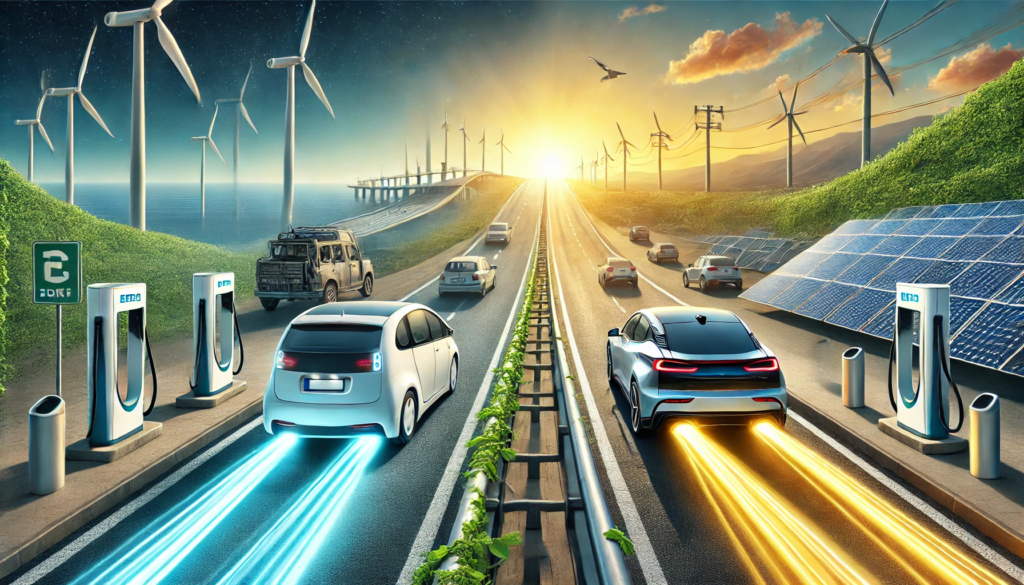Plug-in hybrid electric vehicles (PHEVs) have long been seen as a bridge to fully battery-electric vehicles (BEVs). They offer a compromise for consumers hesitant about range anxiety or limited charging infrastructure. However, as BEVs and charging networks advance rapidly, PHEVs are increasingly viewed as less economical and an impediment to electrification.
The Economics of PHEVs
PHEVs promise flexibility: electric driving for short trips and gasoline for longer ones. But for many users, they fail to deliver on cost efficiency. Without daily charging, PHEVs are just heavy vehicles lugging around an unused battery, leading to higher fuel consumption than standard gasoline cars. Over time, this undermines the supposed economic and environmental benefits of owning a PHEV.
Charging Infrastructure: A Non-Issue?
The narrative of insufficient charging infrastructure is often overstated. In developed countries like Norway and parts of China, charging networks have scaled efficiently alongside BEV adoption. Most BEV owners charge at home or work, with public networks managing non-peak demand effectively. Even peak holiday travel challenges are being addressed with smarter load balancing and reservation systems. Importantly, BEV infrastructure is far more scalable than fossil fuel networks, debunking much of the FUD (fear, uncertainty, and doubt) surrounding BEV practicality.
Policy and Market Dynamics
Government incentives have long propped up PHEVs, treating them as “green” vehicles. Subsidies, tax breaks, and tariffs that favor hybrids have helped maintain demand, especially in markets hesitant about full electrification. However, this strategy is increasingly seen as a delay tactic by legacy automakers trying to prolong reliance on ICE (internal combustion engine) technology.
A Road to Hell?
Andy Palmer, the “Godfather of EVs,” has called PHEVs “a road to hell.” Their dual powertrains add complexity and perpetuate fossil fuel use, delaying the transition to fully electric solutions. While some argue PHEVs have introduced consumers to electric driving, the growing consensus is that they hinder progress by allowing automakers to meet emissions standards without fully committing to BEVs.
Legacy Automakers and Marketing
Legacy automakers promote PHEVs as a middle ground, but this is more about maintaining profits than advancing technology. By exaggerating BEV shortcomings, they keep consumers in transitional technologies that no longer make sense as charging infrastructure and BEV affordability improve.
The Shift to BEVs
BEVs are becoming the dominant choice for consumers. With falling costs, expanding infrastructure, and improved range, they offer a cleaner, simpler, and more efficient solution. Countries with high BEV penetration, like Norway and China, demonstrate how quickly the market can adapt when infrastructure and policy align.
Conclusion
PHEVs had their moment, but their time is fading. They are no longer the economical or practical choice for most users, particularly those unable or unwilling to charge daily. In the most advanced EV markets, such as Norway and Denmark, there is already a visible decline and phase-out of PHEV sales alongside ICE vehicles. As charging infrastructure scales up in line with EV adoption, BEVs stand to benefit the most, offering a cleaner and more efficient solution. Automakers that overextend resources into PHEV drivetrains risk losing ground to those firmly focused on the end goal: a fully electric future. The road forward is clear, and it demands we leave hybrids behind.


